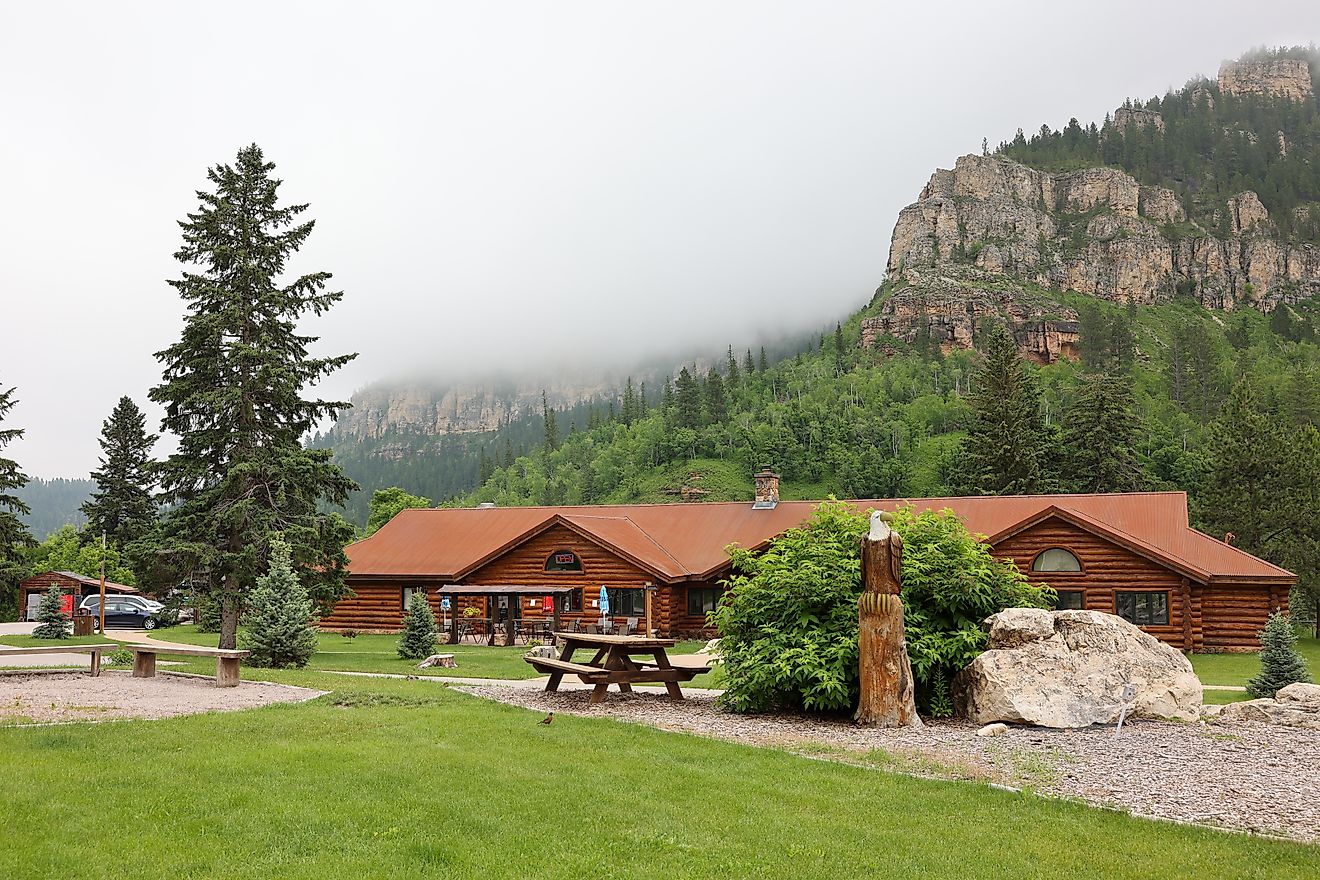Guide to Japanese Etiquette

Etiquette holds a special place in the structure of all culture, however, for the Japanese, it can be considered more than just a part of culture; it is paramount.
Japanese etiquette is symbolic, meaningful, and dynamic; it changes frequently based on the situation, the relationship, the region, and with time. With Tokyo and Osaka both topping the charts as the world's safest cities, and Asian influence growing in the West, visitors are flocking to the East Asian giant to discover what makes Japan so special. Here are a few tips on how to behave.
Japanese Greeting

Greetings in Japan are filled with ritual. Although they will shake hands with foreigners, do not expect them to shake hands amongst themselves. Japanese greetings are made with a bow. Bowing properly is an easy way to forge a good first impression. Failing to bow correctly is the equivalent of giving a limp handshake in the United States.
A bow can range from a small nod of the head to a deep bow. The level at which someone bows corresponds to the relationship with the person as well as the respect you want to show. Simply put, the deeper the bow, the more respect you show.
In Japan, the written order of names is reversed; the last name comes first and first name comes last (e.g. Full Name: Uematsu Nobuo, First Name: Nobuo, Last Name: Uematsu). In conversation, a title is typically added to the name that is appropriate with the relationship:
–San: Common neutral title for adults. –Kun: Informal title for young men –Chan: Informal title for young children or very close friends or acquaintances. –Sama: Formal version of -san –Sensei: Title used for professionals, teachers, or highly educated people.
Business cards have a special place in Asian culture and are treated very differently than in North America. A card is considered to be a direct representation of the person whose name is printed on it and the quality of their work. As such, the act of taking a business card and quickly placing it into a pocket or wallet like a receipt is considered highly offensive.
Key Points:
- A handshake is appropriate if that is your common greeting.
- Watch a few Japanese bows before attempting one yourself.
- Appending a person's name with –san is equivalent to using "sir" or "ma'am."
- Invest in high quality business cards.
- Print cards in both Japanese and English. Include your title or position.
- Present your card with both hands and have the Japanese writing face up.
- Bow while facing the person and be prepared to receive business cards.
- Look at them very carefully and treat them delicately; don't wrinkle, fold, or scratch them.
House Rules

If invited to a home, make sure to bring a gift with you. Play it safe with a food or liquor based gift. Fruit is especially prized or a bottle of saké or whiskey will go over well with most hosts.
We've all been in this situation; Our guests are arriving and we could use a few more minutes for final preparations. For that exact reason, it has become a common custom in Japan to arrive at a person's home 5 minutes after the invitation time. It isn't considered being rude, it's the epitome of fashionably late.
After being invited into the home, remember to always remove your shoes; walking into a home with shoes on is considered unclean. There are often slippers provided for visitors, but be sure to wear clean socks at all times just in case. There will likely be a different set of slippers for the bathroom. Be sure to use them as wearing the same pair of slippers in and out of the washroom is considered unhygienic.
If you are staying with a Japanese family, don't be taken aback by an offer to use their bath. Taking a bath is meant to be a relaxing experience at the end of the day, but taking a bath comes with its own set of rules.
Key Points
- Bring a small gift to any home you are invited to.
- Wait 5 minutes after the scheduled invitation time before knocking.
- Be sure to wear clean socks as you'll be expected to remove your shoes.
- Use the bathroom slippers provided.
- Rinse yourself before slipping into the bath.
- Don't soap yourself in the bath, get out, and clean in the shower.
Why go through all this hassle for a bath? Because everyone will be sharing the same bathwater.
Japanese Food Etiquette

While in Japan, if eating at a restaurant or at a locals home, wait until placed before you take a seat. If no chairs are present, kneeling down on your knees, and sitting on the heels of your feet is the proper way to take your place at the table.
Key Points
- Guests of honour sit at the center of the table, usually the farthest place from the door - historically the safest spot in the room.
- The guest of honour is also the person who takes the first bite. Start eating after he has.
- An equivalent to “Bon Appétit" is “itadakimasu", which translates roughly to “I humbly receive".
- You can lift small bowls of rice and soup to your mouth to avoid spills, but bigger bowls should be left on the table, especially if the plate is shared.
- If it's shared, you have to use the provided chopsticks to serve yourself. If those aren't included, use the opposite ends of your own chopsticks.
- Once the meal is done, replace everything as it was served, that means putting the lids back on the plates and not leaving your chopsticks in your dish.
If you finish every grain of rice in your bowl, it means you're satisfied. It's not considered impolite to leave food on your plate; it signifies that you want more. Conversely, leave an empty glass and you will be served again; leave a bit in your glass if you're finished.
Like most places: burping, loud munching, and blowing your nose at the table are bad manners. Pointing with your chopsticks, sticking them vertically on the dish, or waving them above the dish — these are all considered bad manners.
Last, a note on gratuities: Tipping is not required nor expected anywhere in Japan, even in the tourism industry. Often times, Japanese will not even accept tips given, which may be interpreted as a rude gesture. Offering a gift is the preferred way to show gratitude. For example: If you've an amazing hotel bartender during your entire stay, you can always buy him a small present to show your thanks.
How to dress in Japan?

There is no strict dress code in Japan. The rules are similar to North America, that is, dress appropriately for the situation, either formal or informal. The kimono is still worn for special occasions but in no way mandatory.
Public display of tattoos is somewhat taboo in Japan. They have become known as a symbol of the Yakuza, the organized criminal gangs of Japan. There are many public areas that will ban people with tattoos including public baths, shrines, and temples. If possible, cover your tattoos as much as possible in mixed company.
Conclusion
It is important to note that these are but a general subset of Japanese etiquettes and they undoubtedly vary regionally. They do provide, however, an indication of the level of ceremony and deep respect of social conduct common in various Japanese settings.










